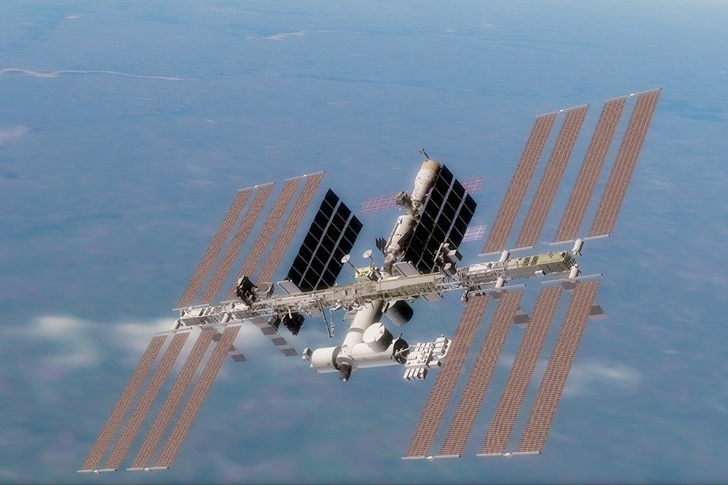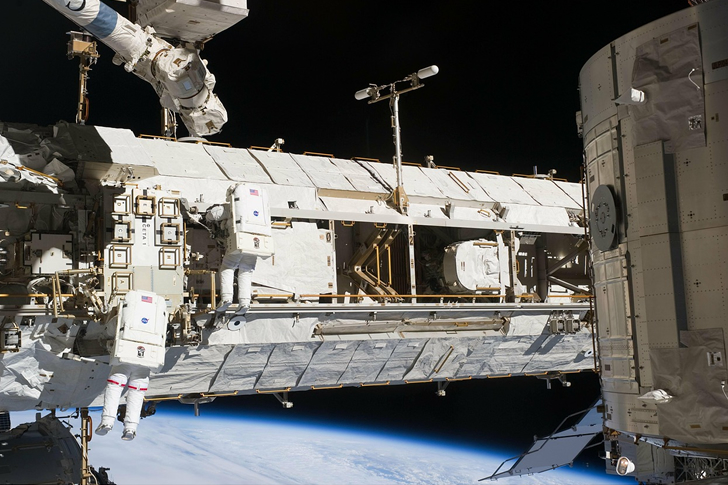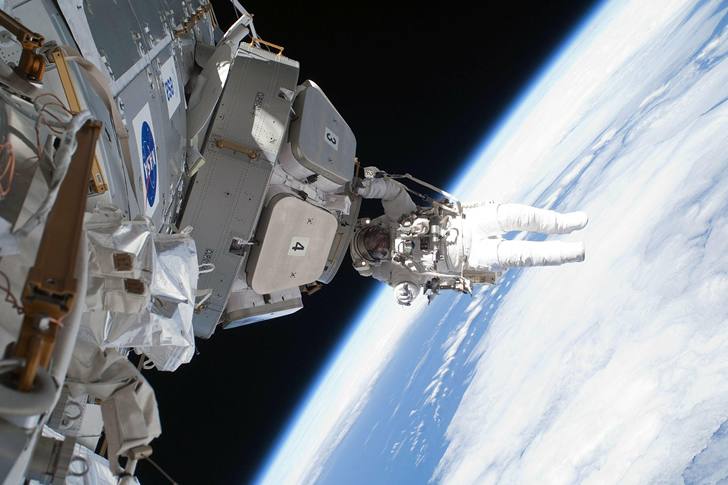What Have We Learned from the International Space Station?
When President Ronald Reagan directed NASA to build an international space station, he had the vision of making “quantum leaps” in scientific and space research. This has proven to be the case with the many discoveries made aboard the International Space Station. When it was still on the drawing board, the US invited Japan and Europe, and then Russia came aboard in 1993. It made sense to ask Russia to join because they were the first in space and had a long history of operating orbital space stations. By 1995, the project was full steam, with all space agencies, including the Canadian Space Agency, working together. If any, we can credit President Reagan for being instrumental in bringing this international team together.
What is the ISS?

It would, of course, be challenging to build a station where there is no soil, no gas, and no water. As such, the ISS was conceptualized as a series of cylindrical modules linked together. The modules were assembled on Earth and eventually sent to space through space rockets. Construction officially began in November 1998, after a Proton rocket delivered the first piece of the ISS, the Russian Zarya Control Module. In two weeks, the space shuttle Endeavour delivered the connecting module, Unity. The ISS is divided into two major segments, the US segment, and the Russian Orbital Segment, with Unity serving as the link between them.
The Year 2000
While many were fearful of the millennium bug in 1999 and 2000, builders of the ISS were busy finishing the construction of the most significant space collaboration ever. By November 2, 2020, the first crew composed of Yuri Gidzenko, Sergei Krikalev, and Bill Shepherd inhabited the space station. This marked the beginning of an era where humankind could be found both on Earth and on the ISS. As much as six astronauts had lived on the space station, and they can freely move from one segment to the other. Both sides of the space station are able to generate electricity, host laboratories, docking ports, and living spaces.
The Importance of The ISS

There have been many findings from the ISS that helped scientists understand biology more. There are two constant threats in space, that of microgravity and radiation exposure. These two factors heavily impact biological functions and hence, understanding how humans can thrive in the adverse conditions of space will make scientists understand the mechanism behind these bodily functions. These risks are explained carefully to any astronaut who expresses their intent to go into space. To add to that, they are most likely aware that no Earth-based insurance company would cover them given the huge risks.
The Curious Case of the Twins
In one experiment involving twins, Scott and Mark Kelly, Scott was sent to the ISS and spent 340 days there. His brother, Mark, remained on Earth. After the experiment was over, scientists observed that Mark’s telomeres became elongated while in space. He also lost weight, and his eye shape was altered. Telomeres usually shorten as we age, and the findings could indicate that we can live longer in space. It is interesting that we had been working a great degree in finding out more about what goes on in space versus what happens on Earth.
Other Findings at the ISS

There are other key findings that the astronauts and scientists discovered while in space. As expected, the muscles of the astronauts have atrophied due to minimal use. They have now designed exercise regimens they can perform while in space to minimize muscle loss. Also, because of the higher dose of radiation they are getting in space, the astronauts are at a higher risk of various cancers. While most of the experiments and observations at the ISS were focused on how to survive in space, there are also those that focus on how humans can live in space permanently and how we can explore planets beyond our own. Given the massive expense of space travel, however, we can only surmise that the ones who will explore space in the future are top-notch scientists or those with a high enough credit score.
